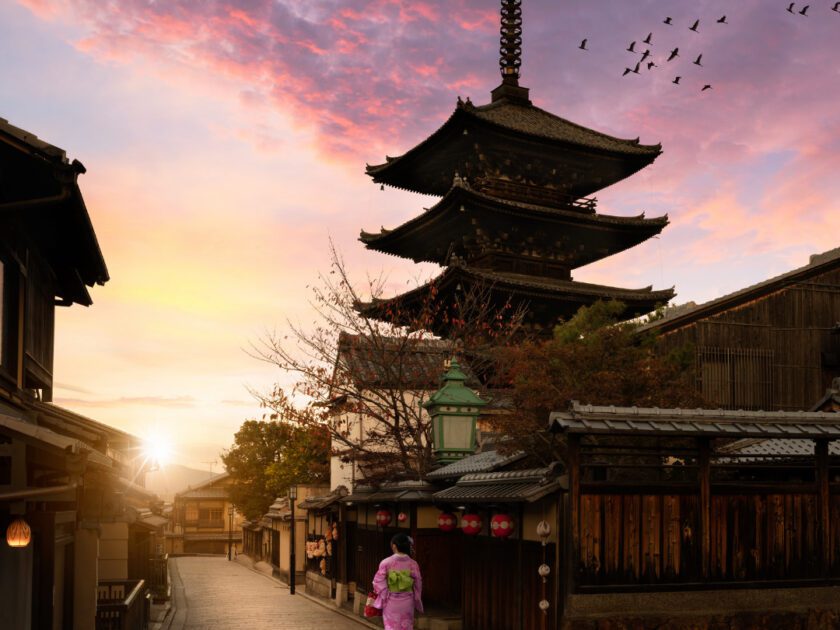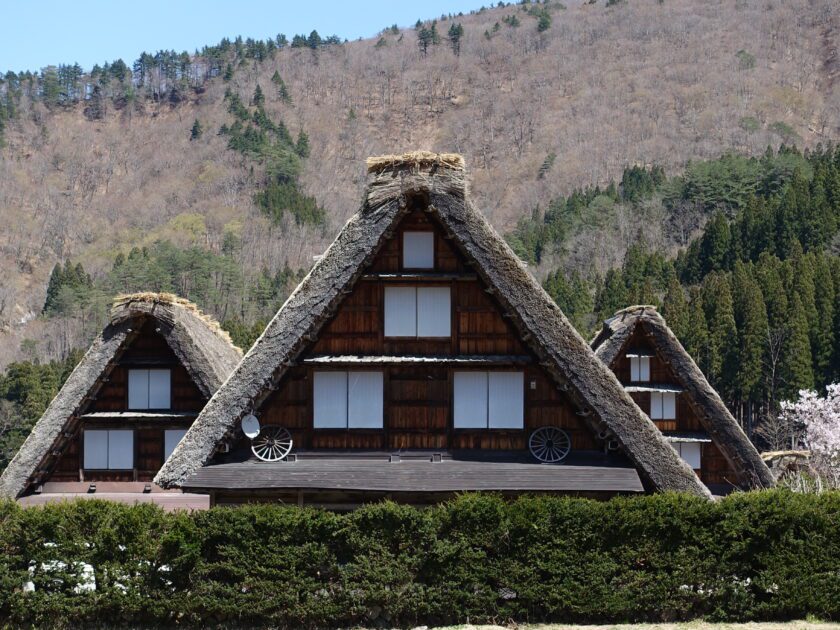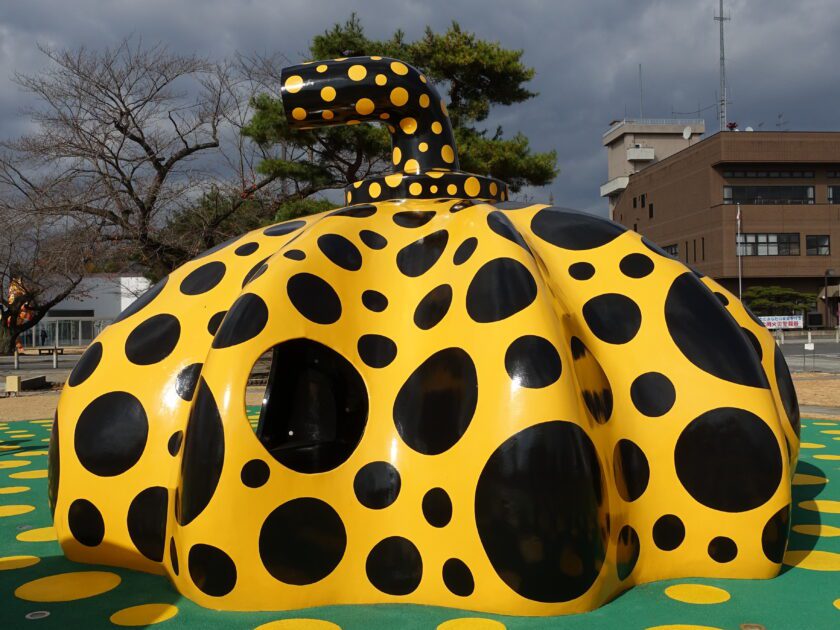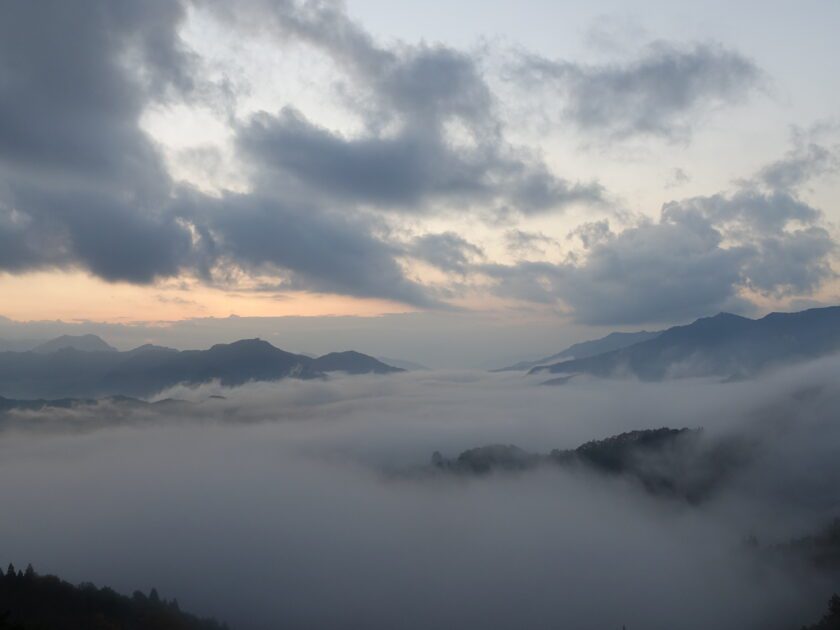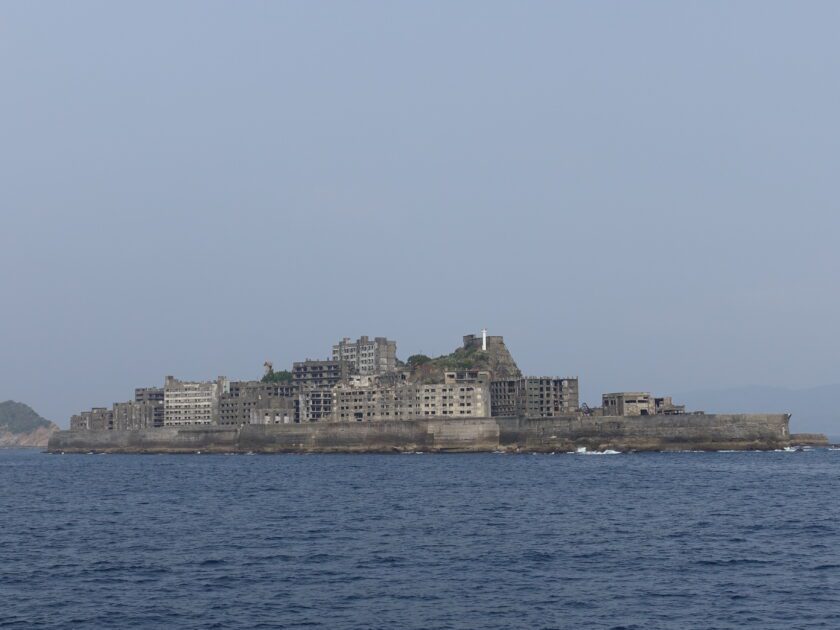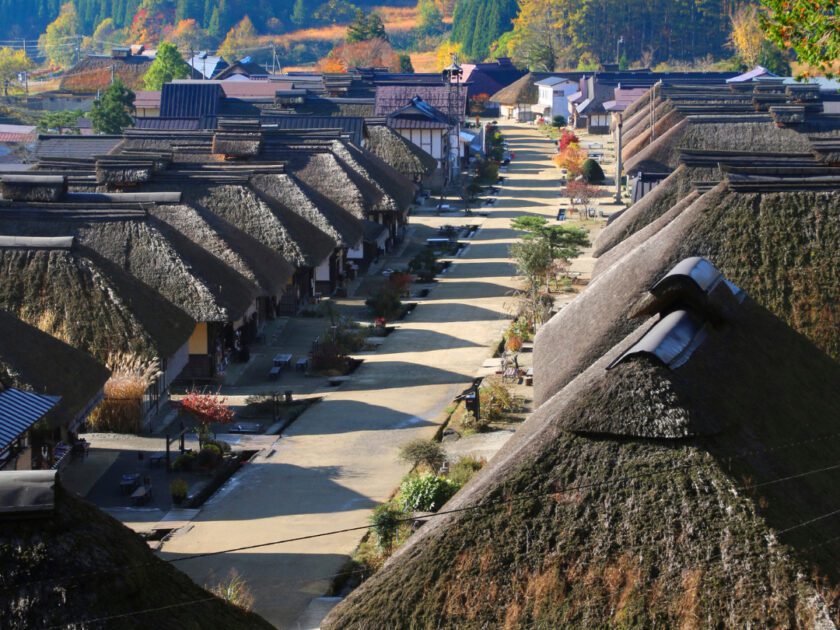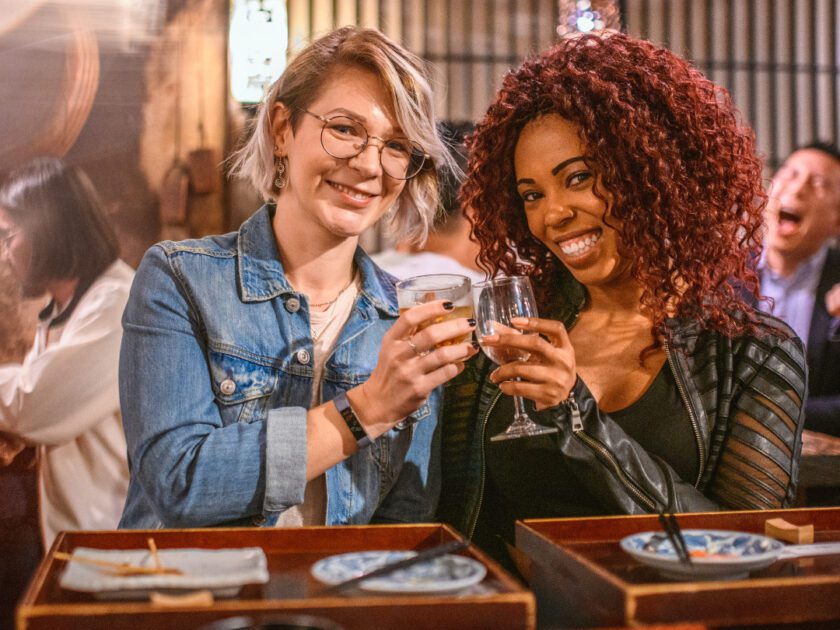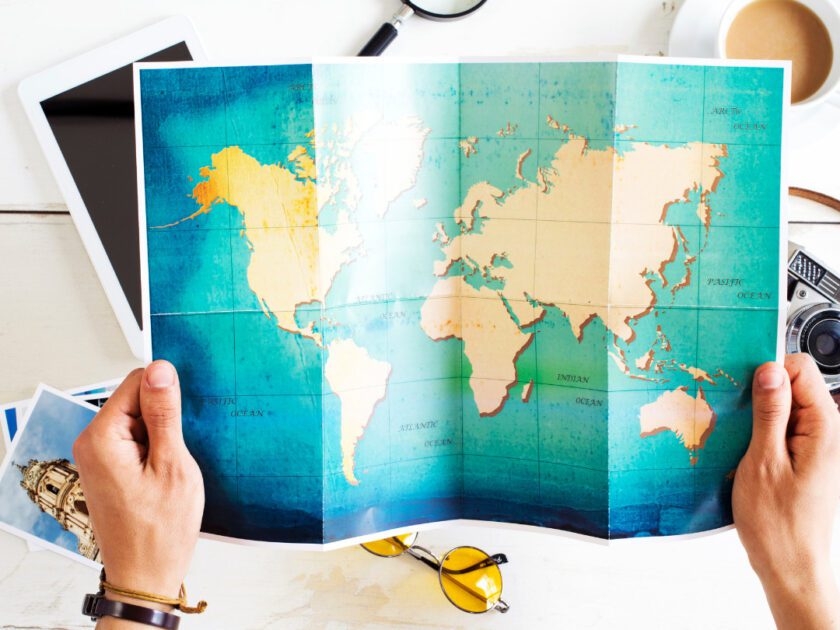Sightseeing in Japan will be possible in May and June
Sightseeing in Japan will be possible in May and June On May 5, Prime Minister Kishida gave a lecture at London’s City of London, expressing his intention to significantly ease Japan’s border controls in June. In his speech, Prime Minister Kishida said, “We will further relax border controls so that foreigners can enter Japan as smoothly as other G7s. in June” In addition, according to some reports on May 6, the Japanese government ” is considering accepting only a small number of package tours as early as this month.” Finally, foreigners will be able to take a sightseeing trip to Japan. We have summarized the G7 border controls for each country. Basically, if you are vaccinated, you can enter the country without quarantine. We are trying to provide accurate information by referring to the latest information regarding travel regulations in each country, as of May 6th, such as embassies in each country. However, the infection status of the COVID-19 is changing day by day, so please be sure to refer to the embassies of each country for the latest information. Table of contents 1. United States 2. Germany 3. United Kingdom 4. France 5. Italy 6. Canada 7. World

